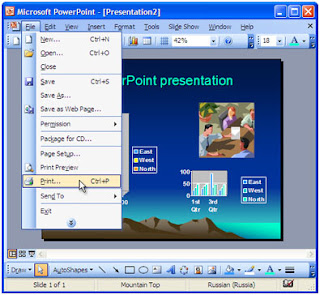
Do Now: What do you know about the Dominican Republic?
Or: Who are some of your favorite baseball players from the DR?
Write a paragraph ON PAPER with a topic sentence, answering one or both of these questions.
THIS WILL BE COLLECTED AND GRADED AS A QUIZ!!!!!!!!!!!!!

READ THE ARTICLE BELOW:
Baseball and the Dominican Republic:
When Dominican great, Juan Samuel, once said, “ You don’t walk off the island. You hit.” He was describing the national pastime of the Dominican Republic,baseball. In the gritty town of Boca Chica, a town on the southern coast, bareball players practice with sticks and old tennis balls, dreaming of one day playprofessional baseball.
In a country where more than one million of the eight million people have fled poverty to live in the United States, stars like Alex Rodriguez (born to Dominican parents in the U.S) proudly proclaim they are “Dominicanos.”
Baseball in the Caribbean goes back to 1866 when it was first introduced on the island of Cuba by American sailors. When a ten-year war brought instability to Cuba, many Cubans fled to the Dominican Republic and brought the game of baseball with them. Although, some believe that baseball as we know it today was not introduced in the Dominican until 1916 with the eight-year occupation by the United States Marines. By the 1920’s, Dominicans were traveling to Cuba, Puerto Rico and North America to play games. In 1937, a three-team league brought together some of the best players money could buy. The 1937 season was memorable because the “Ciudad Trujillo Drageons” would prevail and win the series, but it took a financial toll on the country. Just like some professional teams today, the Dominican teams spent too much money on talent and the league went bankrupt. Professional baseball would not return to the Dominican Republic for 14 years. Even with the absence of pro teams, amateur baseball thrived. Dominican and American sugar mill owners approved of the sport and encouraged their workers to play. During the six-month dead season, sugarcane requires less maintenance and workers who were unemployed played in amateur leagues. Competitions were set up to pit one sugar mill against another. Young baseball players were soon being recruited from all over the Caribbean and the United States.
The Dominican Republic now exports its finest native sons to America: 71 players were on major-league rosters in 2002. They include Pedro Martinez, the
Boston pitcher and Cy Young winner; Manny Ramirez, the Cleveland slugger; and Sammy Sosa, the famous home-run hitter. The country produces more major-leaguers than any foreign nation and, per capita, far more than any U.S. state.
More than 20 major league teams now have baseball-training camps for prospective players. Some critics worry because so many teenagers drop out of high school for their baseball pursuits. They say young people should worry about diplomas, not contracts. But baseball players find nothing wrong with dreaming, and those players who are lucky enough to make the team are usually young boys between the ages of 17 and 18. Once selected, they are sent to the team’s camp where they are housed, fed, and coached. The average player will make about $800.00 a month. If a prospect shows promise, he is then promoted to the minor league system in the United States with hopes of making it to the majors. Unfortunately, out of the hundreds that tryout, only a handful will ever make it to the major leagues.
Baseball
NOW WORK WITH A PARTNER TO ANSWER THE QUIZ QUESTIONS:
Baseball and the Dominican Republic Quiz
NAME_____________________________________________________DATE_____________
Directions: Fill in the blanks with words and concepts from the reading passage:
1.__________________________ is the national pastime of the Dominican Republic. This sport was brought to the island by American 2.______________________.
A ten-year war in 3.__________________ brought many players to the Dominican Republic. Today the sport is played all over the islands of the 4. _______________________. In 1916 the sport as we know it today was taught to the Dominicans by American 5._________________________.
Directions: Choose the best answer to the following questions:
6. Of the following, choose a player who comes from the Dominican.
A.
Reggie Jackson B. Edgar Renteria
C. Albert Pujols D. Sammy Sosa.
7. The first professional league in the Dominican failed because,
A.
all of the players moved to the United States.
B.
there was little support from the people.
C.
there was an invasion from Cuba.
D.
the team owners spent too much money on talent.
8. Even though the professional leagues failed Dominican leagues were formed
A.
at the sugar mills. B. at the local churches.
C. at the local towns. D. at the local schools.
9. Many young Dominicans dream of playing baseball in
A.
amateur leagues. B. Cuba.
C. the United States. D. European leagues.
10. Baseball leagues in the Dominican are structured around
A.
the American baseball season.
B.
the sugarcane growing season.
C.
the school year from September to May.
D.
the end of the professional soccer season.
Directions: On your own piece of paper, answer the following short response question in complete sentences by using details from the reading passage.
Write a profile describing a typical young Dominican man who would be striving to get into professional baseball.












